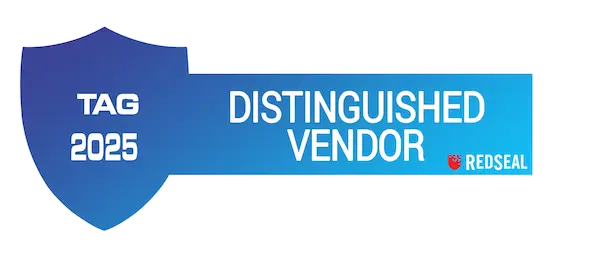Charting a Path to Hybrid Cloud Security
Nutanix Blog | February 20, 2020
The majority of IT pros worldwide consider the most secure IT operating environment to be the hybrid cloud, according to recent research. In a hybrid cloud, some applications and workloads run in private cloud infrastructure, either on-premises or in a third-party hosting environment, while others reside in the public cloud.
…”Competitors that are building clouds all offer different services, with different complex details, and different skills required,” said Dr. Mike Lloyd, RedSeal CTO.
Competing management systems are one issue. Because each vendor innovates and builds its own management layer, effectively maintaining a hybrid environment means that “every IT organization has to become fluent in multiple languages at once,” according to Lloyd.

